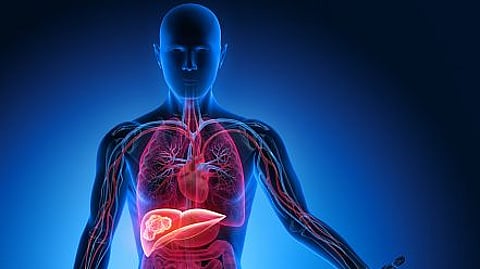“Clinical data clearly show that p53 is activated in the hepatocytes of individuals with CLD,” says Yuki Makino, lead author of the study. “Because p53 is such a vital part of how the human body prevents tumor formation, its role in CLD became even more intriguing.”
To address their questions, the team generated a mouse model with p53 accumulation in hepatocytes. This was done by deleting Mdm2, the protein responsible for regulating p53 expression by targeting it for degradation. These mice developed liver inflammation with higher amounts of hepatocyte apoptosis and senescence-associated secretory phenotype (SASP), a phenomenon where cells produce signals within the microenvironment that can cause nearby cells to become cancerous. In fact, mice with p53 accumulation did have increased liver tumor development.


